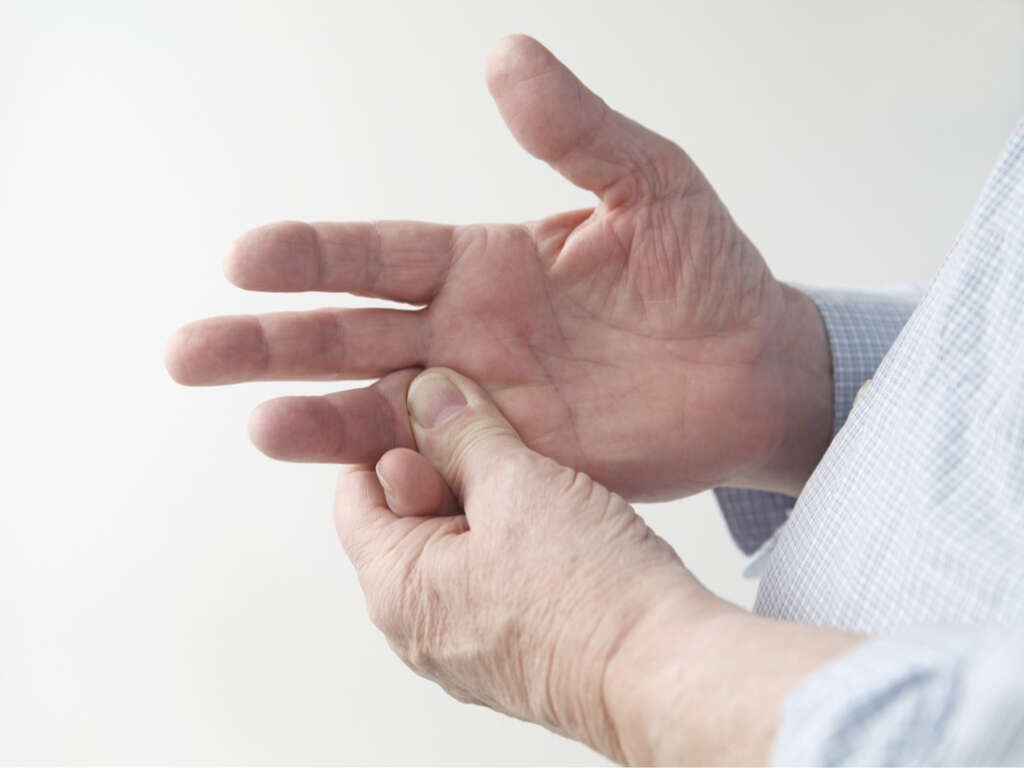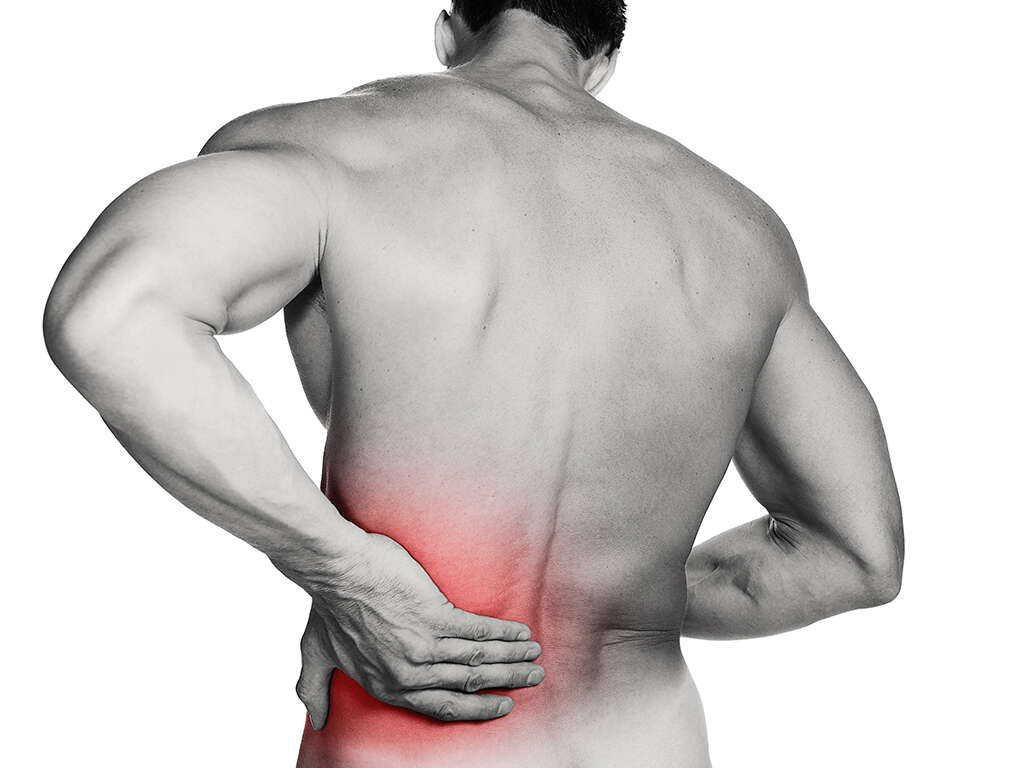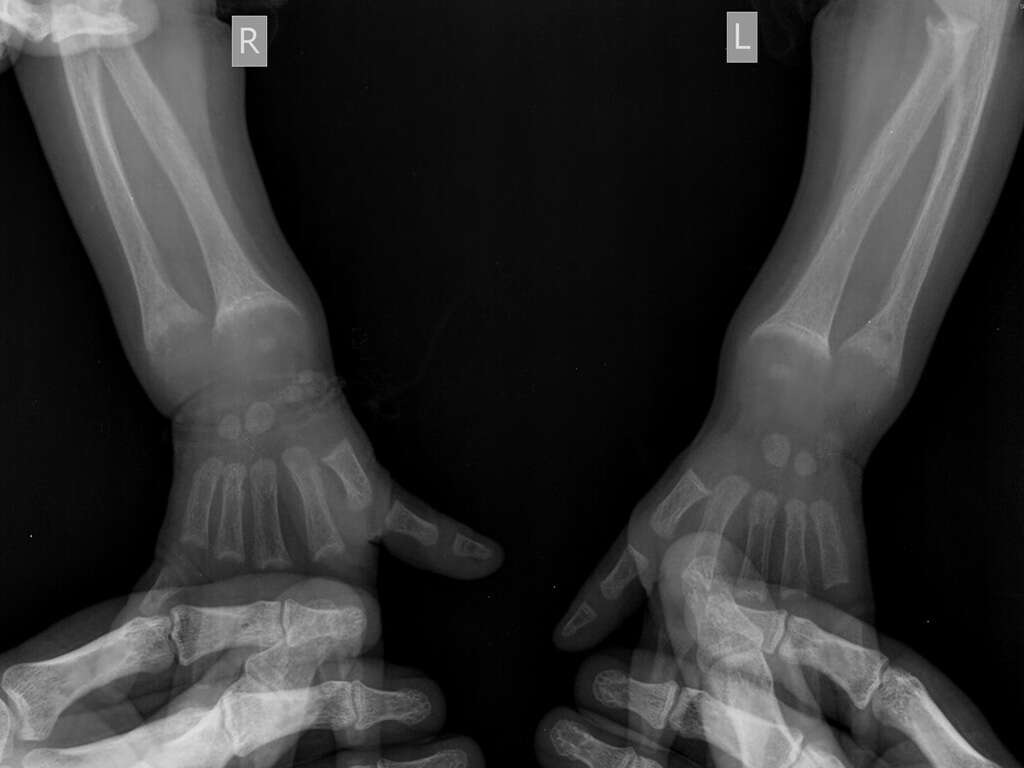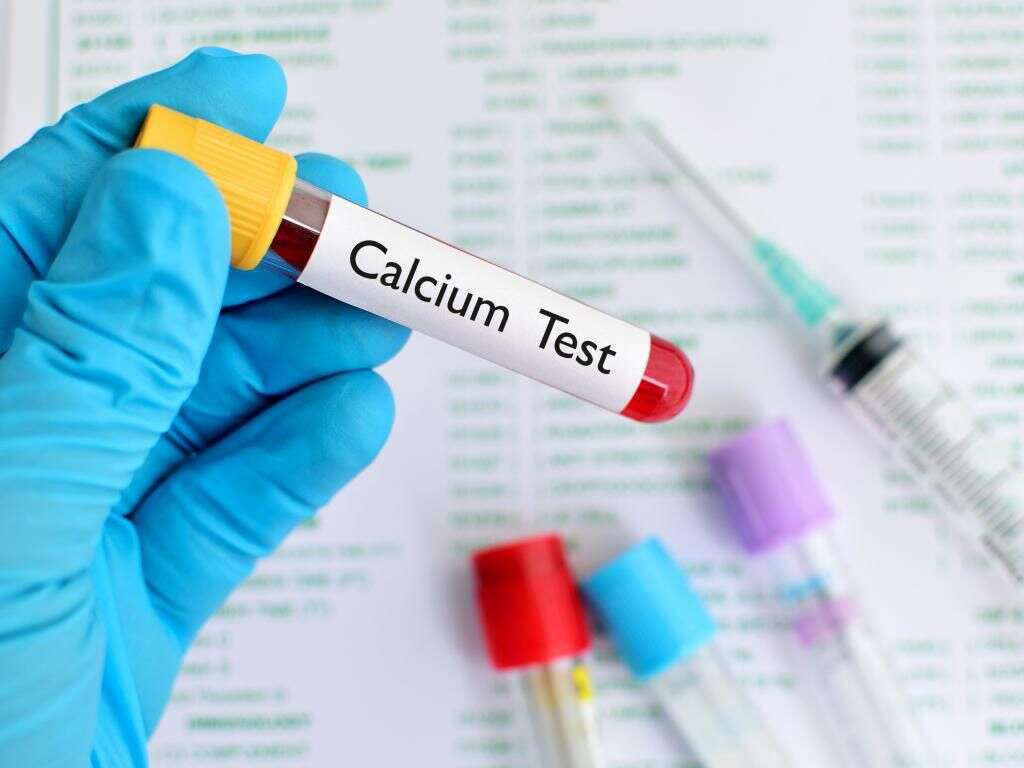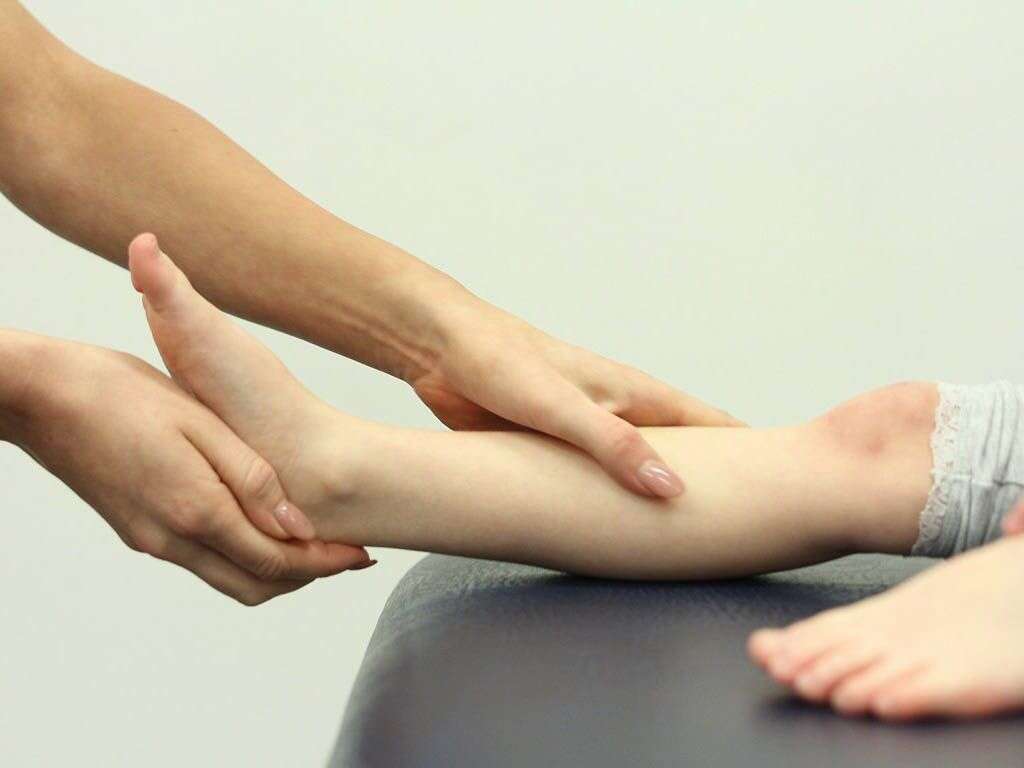10 Foods High In Calcium
Do you want strong bones? Make sure you get enough calcium. This is a popular saying that most of us have heard from a young age. Yes, that is true but calcium functions in many more roles in our bodies than only strengthening our bones and teeth. Calcium plays a role in cell signaling, blood clotting, muscle contraction, nerve function and maintaining a regular heartbeat.
In order for calcium to be absorbed by the body, vitamin D needs to be present. Most dairy products will fortify the milk with vitamin D to promote the absorption of calcium. The Recommended Dietary Allowance (RDA) of calcium varies on age and sex. An average human needs about 1,000mg to 1,200mg of calcium per day to perform all the functions calcium does. There is an upper limit between 2,000mg to 2,500mg of calcium per day because too much calcium can increase the risk of health problems. There are a variety of foods that contain calcium. Here is a list of 10 foods high in calcium:
Calcium Rich Food #1: Milk and Non-Dairy Milk
One of the cheapest and easiest sources of calcium out there is milk. Calcium absorption is increased when it is fortified with vitamin D to help metabolize the calcium in the body. Milk contains about 275-350mg of calcium per cup. In addition to calcium, milk is also a good source of potassium, magnesium, proteins and vitamins (i.e. vitamin A, B1, B2, B12, D).
Osteoporosis is a condition where bones become weakened, abnormally thin, and easily fractured. An optimal diet for osteoporosis prevention involves making sure you get enough protein and calories as well as plenty of calcium and vitamin D. These are essential to maintain adequate bone formation and density. Experts recommend a calcium intake (i.e. diet plus supplements) of at least 1000mg per day for premenopausal women, and of 1200mg per day for postmenopausal women. For individuals over the age of 50, vitamin D intake should be of 800 IU per day (including supplements). Incorporating milk in your diet is a great option, that can help you meet these requirements. Only three cups of milk can supply the minimum requirements of calcium (1000mg) per day. Also, milk that is supplemented with vitamin D is a great dietary source of this vitamin. It contains around 100 IU per 8 oz.
Calcium Rich Food #2: Dark Leafy Greens
Spinach, kale, collard greens, arugula, watercress, all contain a good amount of calcium. However, for a serving of Kale (1/2 cup), the average calcium content is of 49 mg. Only half of it (24.2 mg) is absorbed by the body. A person would need 4 servings of kale to equal the calcium absorbed from a cup of milk (99.5 mg). Similarly, one cup of cooked collard greens (weighing 190 grams) contains 266mg of calcium. If we compare it to the 275-350mg of calcium obtained from a cup of dairy milk, it might seem like the best option. However, it may not be realistic for many people to consume enough of these greens to meet most of their daily calcium requirement. On the other hand, these foods provide a low-calorie source of potassium, vitamins C and K, and can be a healthy alternative for lactose intolerant patients.
There are several factors that can affect calcium absorption when consuming these foods. Calcium absorption in the intestines may be decreased by excessive consumption of foods rich in phosphorous and magnesium minerals (i.e. raw kale). This can be attributed to the fact that both of these minerals, as well as calcium, require vitamin D for their absorption. Thus, less vitamin D will be available to aid calcium absorption. Also, oxalates are substances that bind calcium directly in some plant-foods (i.e. spinach) making it unavailable for absorption. However, these substances are present in very small quantities and the amount of calcium they absorb is very small (low impact on calcium absorption).
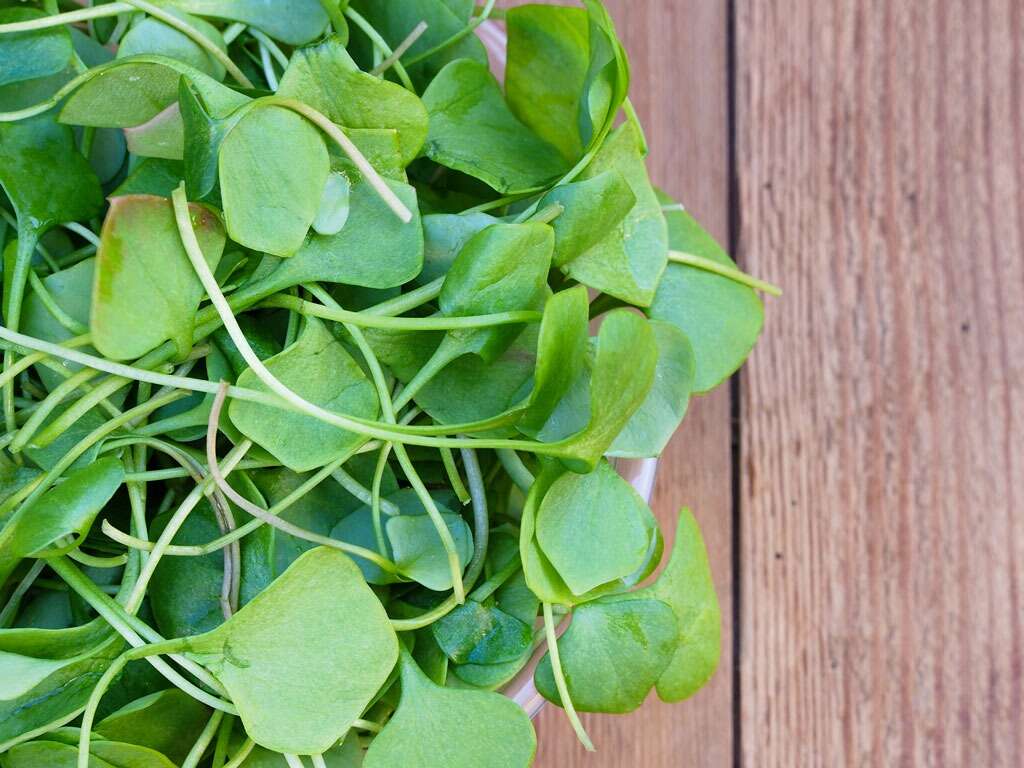
Calcium Rich Food #3: Cheese
Most, if not all cheese contains an excellent source of calcium. One ounce of hard cheese (i.e. parmesan, cheddar, emmental), the leader of calcium content, contains 330mg of calcium. Start sprinkling that cheese on eggs, salads or tacos.
It is recommended that adults consume up to 1000mg of calcium per day, which would look like one thick slice of cheese weighing approximately 90 grams. Even though this is a tasty way to meet calcium requirements, it is not necessarily the healthiest. Reduced fat varieties of feta, ricotta or cottage cheese might be better options that are still rich in calcium.
Calcium Rich Food #4: Yogurt
Along with promoting gut health from the probiotic bacteria, low-fat yogurt contains about 30% of the Recommended Dietary Intake (RDI) in one cup. Greek yogurt has less calcium than low-fat yogurt but it is still a great option.
One container of Breyers Yogurt, which is 8 oz, contains 284 milligrams of calcium. This is almost 30% of your daily calcium needs. Pairing this with calcium rich almonds and seeds would be a great start to your day or even as a snack. It is not uncommon to skimp out on calcium rich foods in the diet, that is why it is important to stay mindful about food choices throughout the day in order to reach the recommended daily amount of calcium.
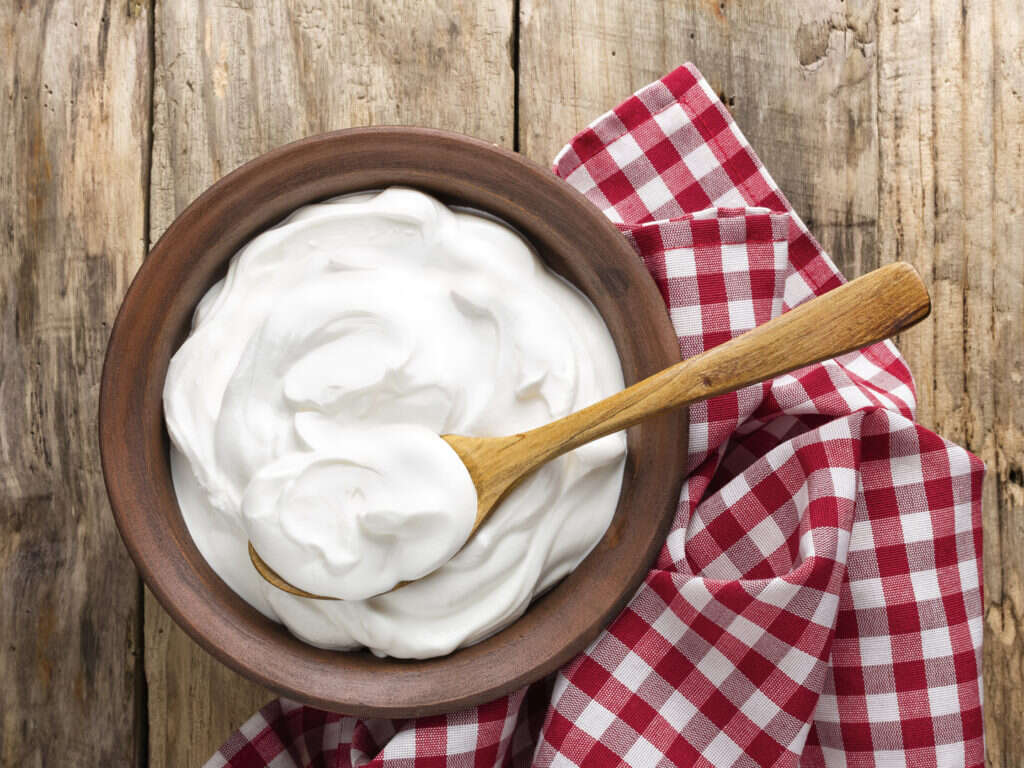
Calcium Rich Food #5: Beans & Lentils
Along with a great amount of fiber, protein and other micronutrients, beans and lentils contain a good source of calcium. 200 grams of cooked white beans contain about 132mg of calcium. People tend to overlook beans because they are a quick and cheap food, however, they are extraordinarily packed with nutrients.
Beans have calcium, omega-3 fatty acids and cholesterol lowering soluble fiber. When paired with green vegetables, they can be an excellent source of calcium for those who follow a vegan diet. One way to eat them is in a taco salad or even cooked into a chili.
Calcium Rich Food #6: Almonds
Of all the nuts out there, almonds contain the highest amount of calcium. In one ounce or 22 almonds, almonds contain about 8% of the RDI. Topped on a cup of yogurt would be a great option for a calcium rich snack.
Although almonds contain a significant amount of calcium, by government definition, they do not provide enough per serving to qualify as a good source. Some of the calcium in almonds can be chemically blocked from absorption. The Food and Drug Administration defines a good source of nutrients to be about 10 to 19 percent of the daily value.
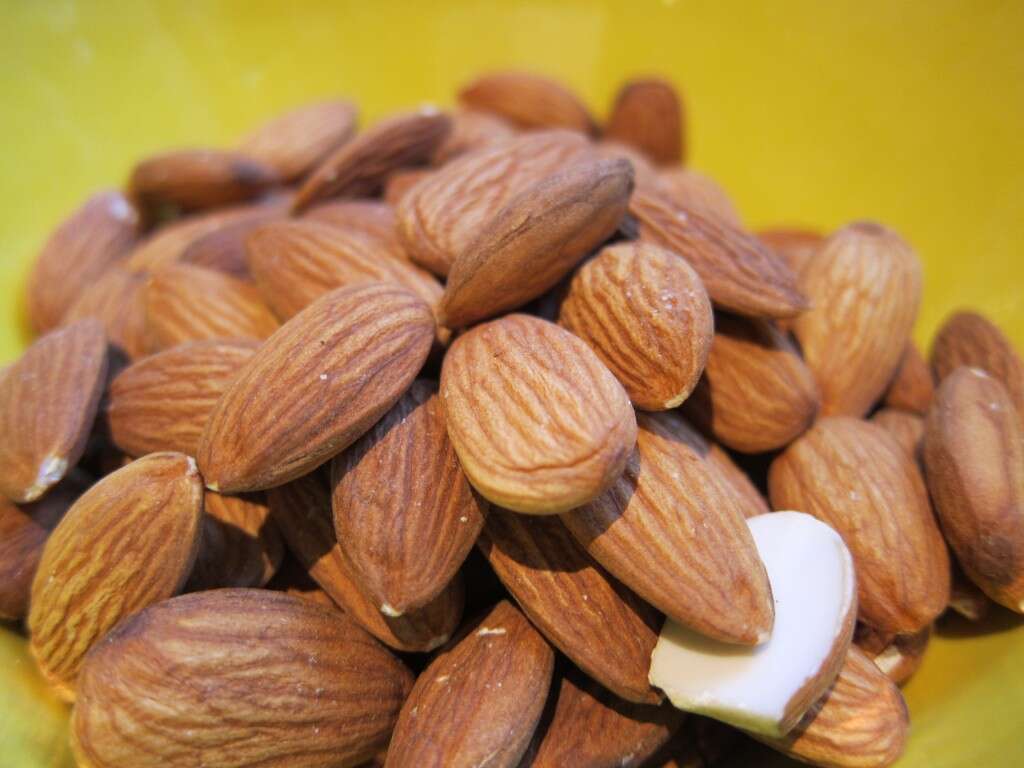
Calcium Rich Food #7: Soy Milk
If you don’t prefer drinking milk, soy milk is another great drink choice. One cup of fortified soy milk contains about 30% of the RDI. Native soy milk only contains about 10mg of Ca/serving. To provide the necessary amount of calcium, companies offer a variety of calcium-fortified soy milks with calcium ranging from 80-500 mg/serving. Add it to cereal, smoothies or pour a cup to drink on its own.
It is important to note that calcium from soy milk is absorbed at only 75% of the efficiency of calcium from cow’s milk. Studies suggest that calcium fortified soy milk does not constitute a calcium source comparable to cow milk1https://academic.oup.com/ajcn/article/71/5/1166/4729243.
Calcium Rich Food #8: Sesame Seeds
These delicious, white little seeds are very high in calcium and provide plenty of vitamins and minerals. One tablespoon of sesame seeds contains about 88mg of calcium. Keep them available and on hand in your kitchen so that you can try sprinkling sesame seeds onto Asian dishes or a salad for added calcium benefits.
Raw sesame seeds have almost 1000mg of calcium per 100g serving. Tahini butter, which is sesame seed paste that can replace nut butter, has 426mg per 100g serving. Try adding a tablespoon into a smoothie with some cocoa powder for a delicious blend.
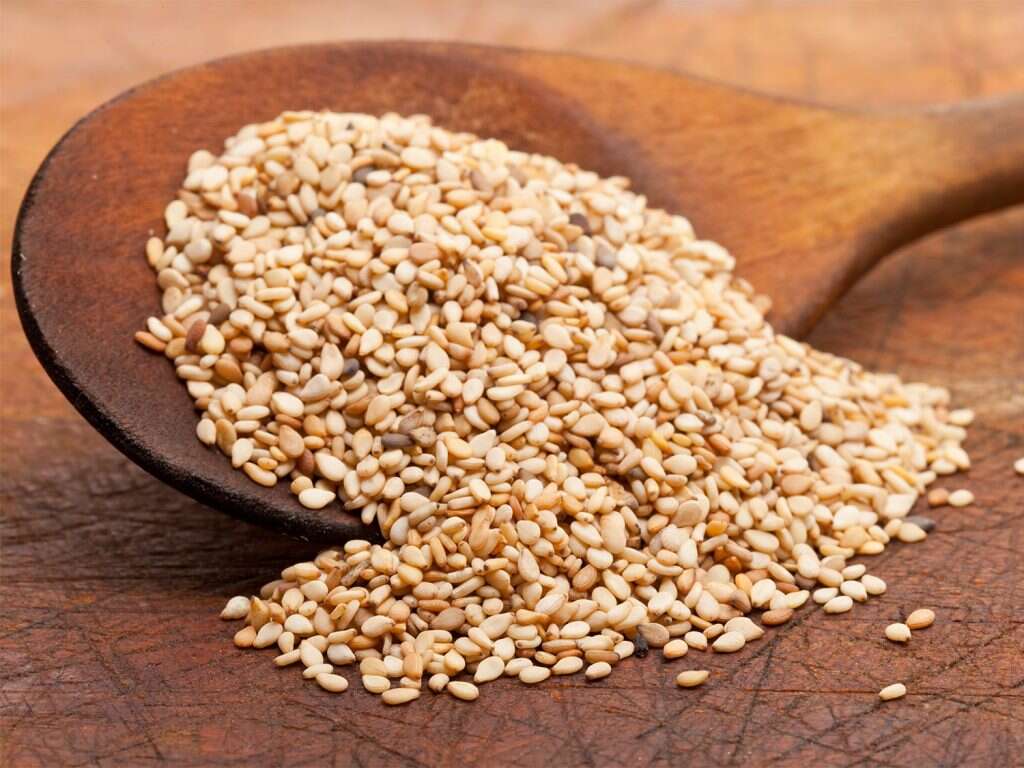
Calcium Rich Food #9: Firm Tofu
Tofu is generally regarded as a high calcium food. The levels of calcium are dependent on the quality of the coagulant used. A superior coagulant is naturally occurring and called calcium sulfate, known as gypsum. This is used in traditional tofu.
One cup of tofu can add 860mg of calcium to your diet. That’s a great amount! Add tofu to stir fry veggies or tofu into a smoothie for a flavorless addition of calcium and protein. It contains 10 grams of protein per half a cup as well. A good quality tofu might be the right source of calcium if you are following a vegan diet.
Calcium Rich Food #10: Fortified Foods
If it is difficult for you to find a good source of calcium for your specific diet, fortified cereals and foods can help to increase your calcium intake. Calcium makes up much of your bones and teeth and plays a major role in the cardiovascular system. That is why it is important to be aware of this micronutrient and that is why several foods are enriched with calcium.
Calcium can be added to beverages such as soy drinks and can settle at the bottom of the container. It is advised to shake the bottle to get a consistent amount of calcium. Because calcium is added to more and more foods, it is possible to accidentally get far more than the recommended amount, which can increase the risk of certain kinds of kidney stones. High doses of calcium can also interfere with certain drugs (i.e. tetracycline).




